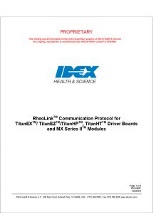

Use the left hand navigation to filter resources by Topic and Media Type.
-
Injectors Troubleshooting Guide
By IDEX Health & ScienceOur troubleshooting guide provides solutions to common problems encountered when operating our manual sample injection valves. Each problem/symptom is described and is followed by a detailed discussion of potential causes and solutions. This information is a compilation of 25 years of technical expertise and experience with sample injection and fluidic technology. Learn More
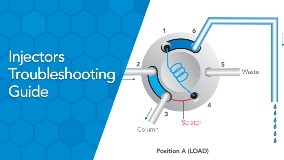
-
Polymer Information
By IDEX Health & SciencePolymer fittings and ferrules have proven to be superior to stainless steel in many analytical applications. IDEX Health & Science has compiled the following solvent compatibility information for polymers commonly used in HPLC. Learn More
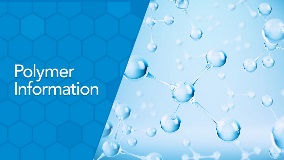
-
Vacuum Degasser Quick Start Instructions
By IDEX Health & ScienceGet started using the Systec Vacuum Degasser with this set step-by-step quick start instructions. Learn More
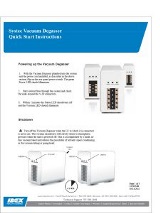
-
Type 90 and Type 3000 Switching Valves
By IDEX Health & ScienceType 90 and Type 3000 valves are manual switching valves containing six or seven ports for a wide range of applications. Learn More
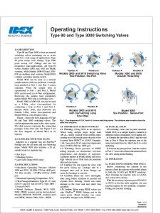
-
Type 70 High Pressure Switching Valves, Model 7010 Sample Injector
By IDEX Health & ScienceOperating Instructions: Type 70 High-Pressure Switching Valves Model 7010 Sample Injector. Learn More
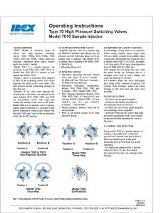
-
UART/USB Communication Protocol for TitanEX™/TitanEZ™/TitanHP™, TitanHT™ Driver Boards and MX Series II™ Modules
By IDEX Health & ScienceTitan and TitanHT boards have UART communication option available to the user. UART (Universal Asynchronous Receiver Transmitter) communication is asynchronous serial communication based on TTL (0-5V) voltage levels. Learn More
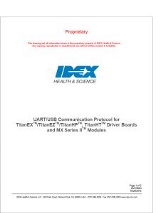
-
TitanHT™ MXT™ Replacement Pod™ Instructions
By IDEX Health & ScienceReview instructions on how to use the TitanHT™ Rapid Replacement Pod™ from IDEX Health & Science. Learn More
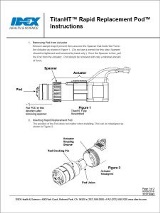
-
TitanHT™ Driver Development Package
By IDEX Health & ScienceThis Driver/Controller Development Assistance Information Package (“Information”) consists of the following documents for the TitanHT series of fluidic assemblies: 1. IDEX Health & Science TitanHT Driver Board Description 2. IDEX Health & Science TitanHT Dimensional Drawing Learn More
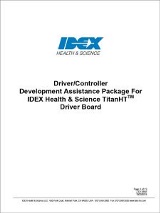
-
TitanEX™, TitanHP™, and TitanEZ™ Driver Development Package (English)
By IDEX Health & ScienceThis Information is proprietary to IDEX Health & Science, LLC, and is provided by IDEX Health & Science as a service to assist IDEX Health & Science OEM customers in the development of drive and control circuitry to be used in conjunction with Rheodyne motorized valves. Learn More
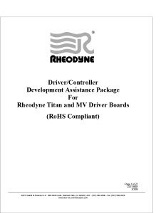
-
RheoLink™ (I2C) Communication Protocol for TitanEX™/TitanEZ™/TitanHP™, TitanHT™ Driver Boards and MX Series II™ Modules
By IDEX Health & ScienceRheoLinkTM is a two-wire serial interface based on I2C bus. When exchanging data, one device is the master (controls the clock line), while the other device acts as the slave. In the I2C protocol, each device has a seven-bit address. To initiate a data transfer, the master must first transmit the address of the slave device that it wishes to ‘talk’ to. Learn More
